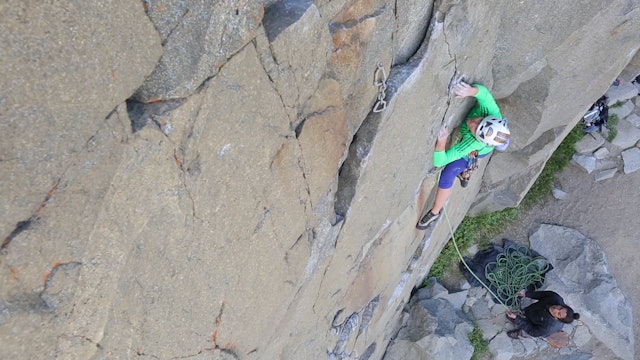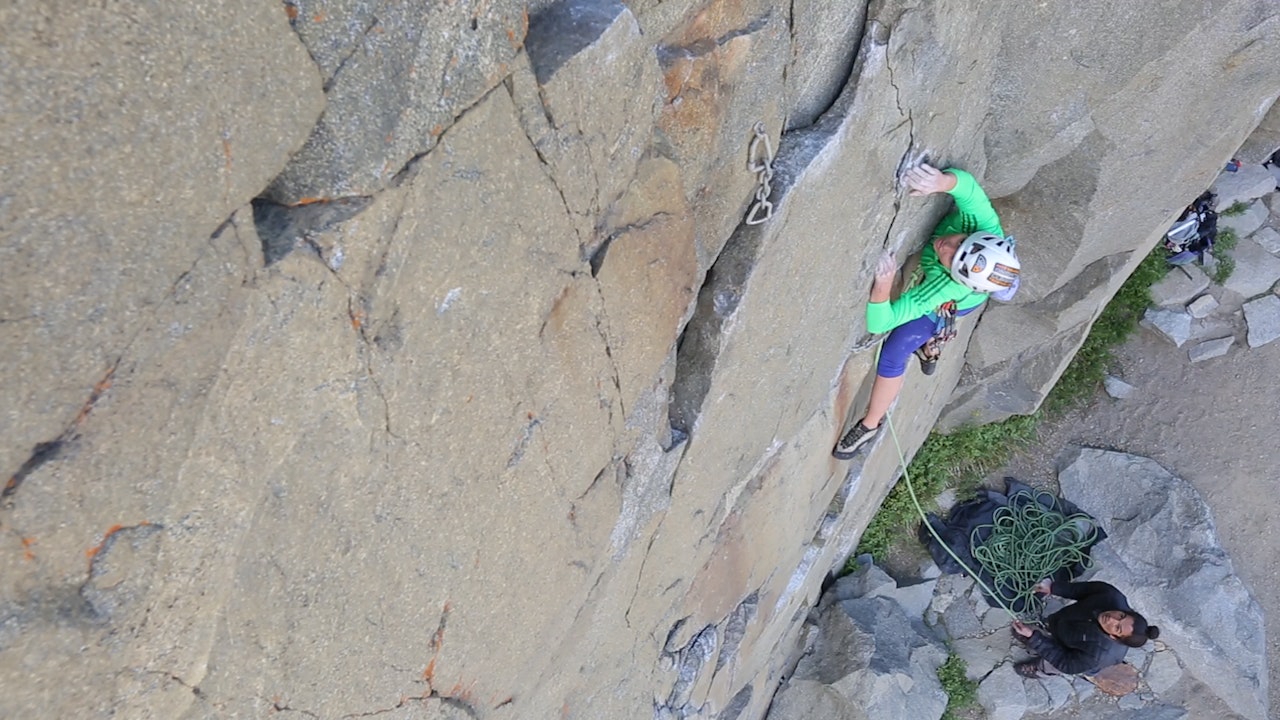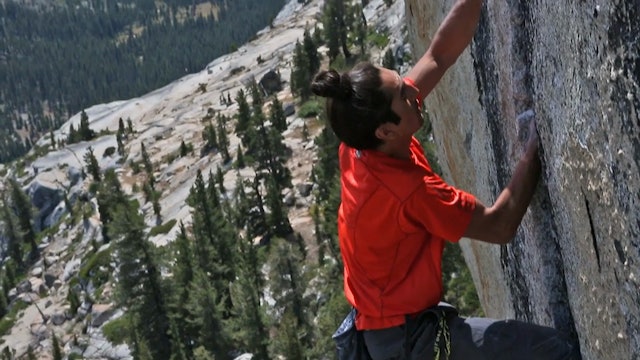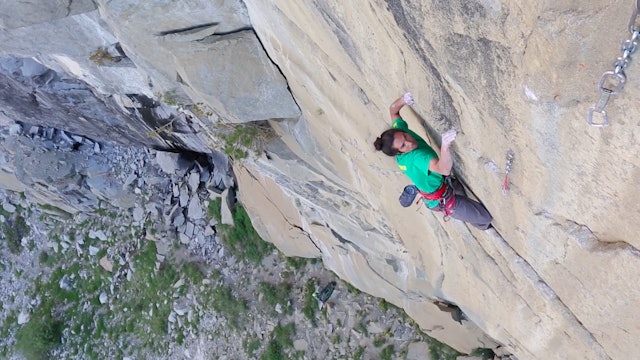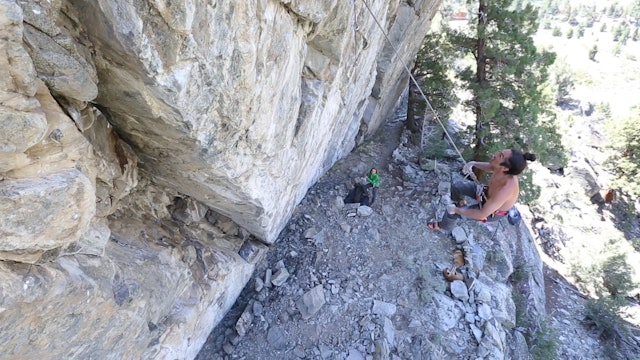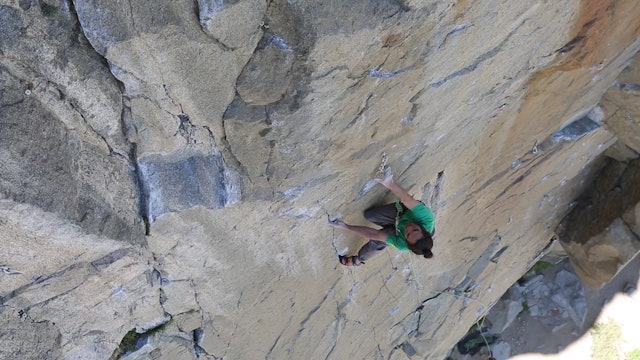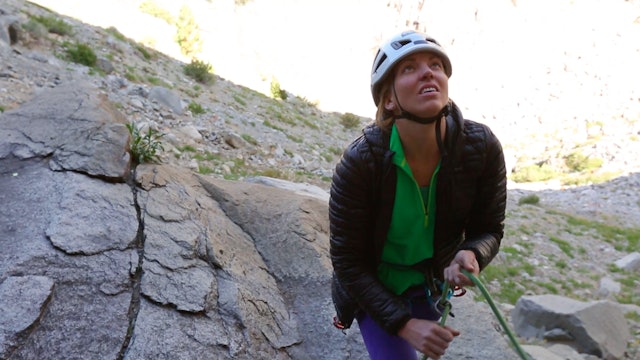Sport Climbing
Welcome to the ClimbingTechTips Sport Climbing video series.
Sport climbing is arguably more approachable than traditional climbing because it does not require the time and technical proficiency of placing gear (cams, stoppers, etc.) while on lead: just clip the bolt and climb on! As such, it is a great way to get into lead climbing and build strength while spending time with friends in the outdoors.
Sport climbing helps the leader build endurance, mental fortitude, technical skills, route finding, and movement skills. Another upside is that it requires less gear, so the point of entry is cheaper than for traditional climbing—and it (often) involves less hiking to get to the crag when compared to a lot of traditional routes.
That stated, sport climbing is potentially dangerous and should not be taken lightly. It requires specific skills, as shown in this video series.
Sport climbing requires physical ability, but also demands common sense and the ability to assess risk. This series should be used in conjunction with our Gym Lead Climbing series. Also be sure to review our previous outdoor climbing videos on Tying In, Basic Anchor Building, Belaying, Partner Communications, and Rappelling.
Let’s get started! Our Sport Climbing video series is below. Be careful out there, and be sure to have fun!
Know & Go with ClimbingTechTips.com
Please remember, climbing is inherently dangerous. Climb at your own risk.
-
Sport Climbing: 1. The Perfect Training Platform
To kick off our Sport Climbing series, we start by reviewing how sport climbing differs from the other types of climbing, as well as how it serves as the perfect training platform for advancing your climbing skills and transitioning from indoor to outdoor climbing.
- With less focus on placin... -
Sport Climbing: 2. Clipping Considerations for the Leader
In this video we review clipping considerations for the leader while sport climbing. There are two main actions when clipping on lead:
1. Clipping the quickdraw to the bolt with the top carabiner
Clip the top carabiner of the quickdraw to the bolt such that the spines of both carabiners a... -
Sport Climbing: 3. Quickdraw Considerations
In this video we review quickdraw considerations for the leader while sport climbing.
- Carry enough draws for the route plus two extra “oh crap” draws AND extras for the anchor if needed. Typically ten to twelve draws are plenty, plus any gear needed to rappel, lower, clean, or top rope the ...
-
Sport Climbing: 4. Crimping Techniques
In this video we review proper crimping techniques used while sport climbing. As you progress in sport climbing, certain routes will require you to use impossibly small holds. Proper crimping technique is vital to sending your sport climbing project—and to keep your tendons from exploding!
Tw... -
Sport Climbing: 5. Dynamic Movement
In this video we review dynamic movement. Dynamic movement, in contrast to static movement, is a very gymnastic way of climbing. It includes the flashy move known as the “dyno”—an explosive way to gain upward movement.
It is often wise to move statically and methodically up the wall, staying ... -
Sport Climbing: 6. Falling While on Lead
In this video we review falling considerations for the lead climber in sport climbing.
Sport climbing presents a unique opportunity for the climber to experience, practice and learn how to fall in a somewhat controlled environment. Bolts may be stronger than some gear placements, and many spor...
-
Sport Climbing: 8. Fixed Draws
In this video we review considerations for using fixed draws when sport climbing.
For elite, difficult, and high-level sport climbing, climbers may choose to fix draws on their projects.
If you walk up to a sport climbing area and see quickdraws hanging on a route, they are probably there... -
Sport Climbing: 9. Rope Considerations for the Leader
In this video we review rope considerations for the leader when sport climbing. As the saying goes, “Climbing isn't dangerous—falling is!”
When climbing, we want to stack the odds in our favor, and increase our margin of safety. One way to accomplish this is to be conscious of where and how t... -
Sport Climbing: 7. Soft Catches
In this video we review “soft catches,” a belaying technique which gently catches a lead fall. Sport climbing allows climbers to test the limits of their abilities, and minimize the dangers of falling, via the use of bolts as protection. Falling can be a part of climbing—and as saying goes, “If y...
-
Sport Climbing: 10. Successful Projecting
In this video we review the definition of, and considerations for, successful projecting.
On-sighting a route is one of the most gratifying achievements of rock climbing. This is when a climber “sends” a route on their first try, without any “beta” or information about the route. This can be a...
-
Sport Climbing: 11. Resting on Routes
In this video we review the importance of resting on routes.
While on a long route, it is important to:
- Look for large holds or stances where you can relax your body, and catch a rest.
- Use straight-arm techniques to hang on your skeletal system, as opposed to pulling with your muscl...
